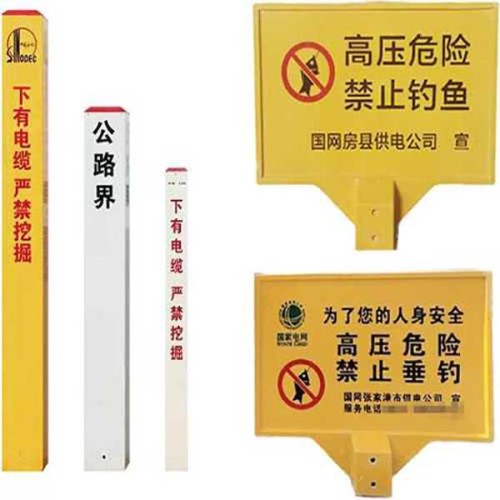Fiberglass Marker Post: Durable Roadway & Landscaping Solutions
Fiberglass Marker Posts are lightweight, corrosion-resistant stakes designed for high-visibility boundary marking, traffic guidance, and hazard identification. Crafted from fiber-reinforced polymer (FRP), these posts outperform traditional materials like wood or metal in durability and adaptability.
Manufacturing Process of Fiberglass Marker Posts
The FRP marker posts undergo pultrusion, a method that layers fiberglass strands with resin for unmatched tensile strength. This process ensures UV stability, weather resistance, and flexibility—key traits for reflective roadside markers exposed to harsh environments.
Classification & Specifications
Fiberglass safety posts come in multiple sizes (36” to 48” heights) and colors (orange, yellow, white). Reflective bands or solar-powered options enhance nighttime visibility. Common diameters range from 0.5” to 1.5”, catering to applications like driveway boundary markers or construction zone delineators.
Applications Across Industries
- Road Safety: Deploy reflective traffic posts to redirect vehicles near curves or roadwork.
- Landscaping: Use fiberglass garden stakes to mark irrigation lines without rust or rot.
- Utilities: Label underground cables with non-conductive FRP posts to prevent electrical hazards.
Fiberglass vs. Traditional Marker Posts
Unlike wooden stakes prone to warping or metal posts vulnerable to corrosion, fiberglass driveway markers offer:
- Longevity: 10+ years in extreme temperatures.
- Low Maintenance: No painting or sealing required.
- Safety: Non-conductive and splinter-free.
Installation Guidelines for Fiberglass Marker Posts
- Site Preparation: Clear debris and ensure soil stability.
- Mounting: Drive posts 12–18” deep using a mallet; add gravel for reinforcement in soft soil.
- Spacing: Position high-visibility boundary posts every 10–15 feet for continuous guidance.
Compliance & Standards
FRP reflective posts meet DOT (Department of Transportation) and MUTCD (Manual on Uniform Traffic Control Devices) requirements for public roadways. Customizable options align with OSHA or local safety codes.

